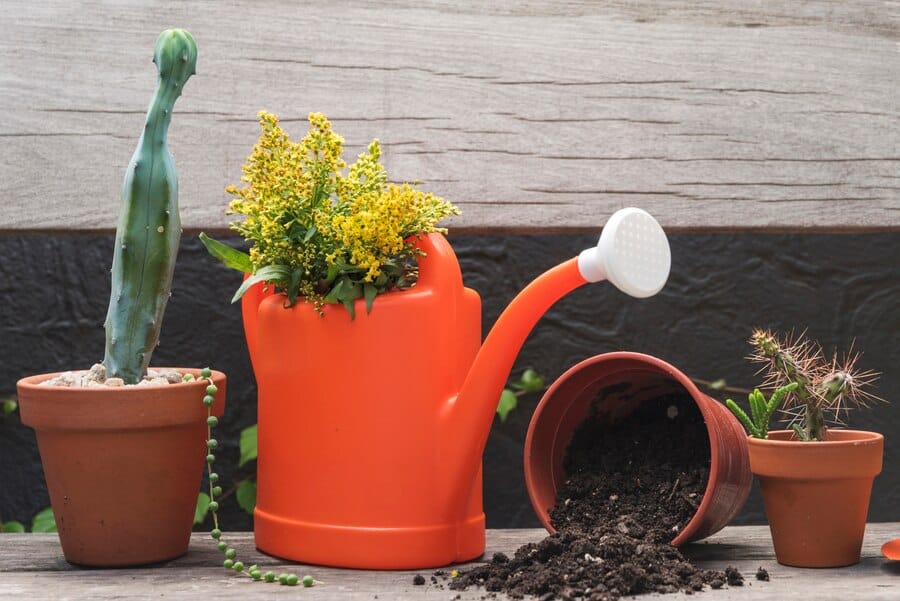landscaping design ideas to enhance your home garden:
Landscaping design ideas can transform your outdoor space into a beautiful, functional extension of your home. Landscaping plays a key role in creating an inviting environment, improving the aesthetic appeal, and even boosting property value. Whether you have a large yard or a modest garden, there are numerous ways to enhance the space.

1. Create a Focal Point
Every garden benefits from a focal point that draws the eye and anchors the space. This could be anything from a striking tree, a decorative statue, or a water feature like a fountain or pond. A focal point can be placed in the center of the garden or at the end of a pathway to create a sense of balance and symmetry. The key is to choose something that stands out but complements the overall design of your garden.
2. Add Curved Pathways
Straight lines are functional, but they can make a garden feel too rigid and uninviting. Curved pathways, on the other hand, create a more organic, flowing feel. Use materials like flagstone, gravel, or bricks to create winding paths that lead visitors through the garden, encouraging exploration. Curved walkways also work well to soften the overall design and can be particularly effective in larger gardens.
3. Embrace Vertical Gardening
When space is limited, vertical gardening is a fantastic solution. Trellises, plant walls, and hanging baskets can be used to grow climbing plants, flowers, or even vegetables. This not only adds more greenery but also saves valuable ground space for other landscaping features. A vertical garden adds layers and depth to your garden design, making it feel more expansive and lush.
4. Design Colorful Flower Beds
Color is one of the easiest ways to inject life and personality into your garden. Create flower beds with a mix of vibrant blooms to draw attention and enhance the atmosphere. You can play with color combinations, choosing complementary hues or arranging flowers by season to ensure your garden looks beautiful year-round. A well-planned flower bed can be a centerpiece that brings joy to anyone who visits your garden.
5. Incorporate Water Features
Water features like fountains, ponds, or waterfalls introduce a sense of tranquility to your garden. The sound of running water creates a peaceful ambiance, while also attracting wildlife such as birds and butterflies. Ponds, especially, can serve as habitats for aquatic plants and animals, making your garden an ecological haven. Water features are not only visually appealing but also offer a sensory experience, enhancing your outdoor space with soothing sounds.
6. Install Outdoor Lighting
Landscape lighting extends the usability of your garden into the evening, allowing you to enjoy it after sunset. Strategically placed lights can highlight key features like trees, sculptures, or pathways. Solar-powered lights are energy-efficient and easy to install. Soft, warm lighting creates a magical atmosphere, while brighter lights can illuminate functional areas like seating areas or walkways, ensuring safety and ambiance
7. Create a Relaxation Zone
A garden should not only be visually pleasing but also provide a space for relaxation. Dedicate an area to a comfortable seating arrangement, such as a hammock, a garden bench, or even a cozy outdoor lounge. Consider building a pergola or adding a gazebo for some shade and shelter. This designated relaxation zone will give you a peaceful retreat to enjoy your garden, whether you're reading a book, enjoying a cup of coffee, or simply unwinding after a long day.
8. Integrate an Edible Garden
Gardening doesn't have to be just for ornamental plants. Incorporating edible plants into your garden can enhance both its functionality and appeal. You can grow herbs like basil, mint, and rosemary in containers or raised beds, or plant vegetables and fruits along your garden’s borders. Edible gardens are both beautiful and practical, offering a fresh supply of produce while enriching your outdoor space with texture and variety.
9. Create a Wildlife-Friendly Garden
A wildlife-friendly garden attracts beneficial creatures like birds, bees, and butterflies, making it a vital part of the ecosystem. Plant native flowers and shrubs to support local wildlife, and include features like birdbaths, bee hotels, or small ponds. By using organic practices, avoiding pesticides, and fostering a habitat for animals, you contribute to the environment while adding life and movement to your garden
10. Practice Layered Planting
Layered planting is an effective technique for creating depth and visual interest in your garden. Start with tall plants or trees in the background, followed by medium-sized shrubs and flowers, and then layer in smaller plants or ground covers at the front. This arrangement not only makes the space look fuller but also creates a sense of dimension, making even smaller gardens appear larger and more dynamic.
Summary
Transforming your garden into an inviting, visually appealing, and functional space is within reach, regardless of its size. By incorporating a variety of elements—such as focal points, curved pathways, vertical gardening, and water features—you can design a garden that reflects your personal style and meets your outdoor needs. The key to successful landscaping is planning and creativity. With thoughtful design, you can create a garden that becomes an integral part of your home and a place of beauty and relaxation for years to come.

